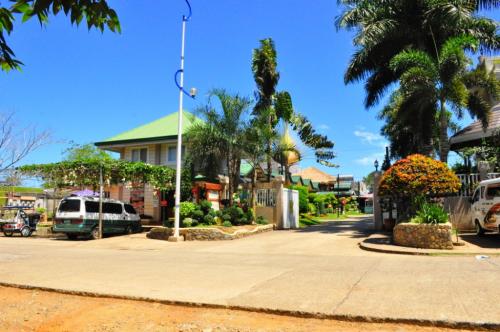Every year during the months of April and may, the people of Pakil, in the province of Laguna celebrates the Turumba Festival. It commemorates the seven sorrows of the Blessed Virgin Mary. It is held 7 times each year between the months of April and May. The first is held on the Friday before Palm Sunday and the last falls on Pentecost Sunday.
Held in honor of the Virgin Mary, the Turumba dates back to 1640 when a fisherman floating in the Laguna Lake found the statuette of Our Lady of Sorrows. Legend tells that he brought it to Pakil and left it in his boat while he sold his catch in town. Meanwhile, a housewife saw the image where it was. She notified the parish priest, and soon afterwards a crowd started to gather around the banca. A farmer carried the statuette to the church and on his way the people following him started to sing and dance. This was the first Turumba procession. The word “Turumba” has no real Filipino or Spanish meaning. But according to the legend, “Turumba” was the sound of the drumbeats during the procession.
Today, Pakil is known for the Turumba Festival. The image of the Virgin is borne on the shoulders of the devotees and brought to the seashore and back to the church is a festive grand procession. The Turumba is the longest celebrated festival in the country covering seven months. The first celebration is held a week before Holy Week and then every ninth of the month hence for seven months.
The Turumba festivities, popularly known as "Pistang Lupi", become one of the main tourist attraction in our town. The "Pistang Lupi" fiestas for the Blessed Mother of Turumba consists of seven novenas corresponding to the seven sorrows of the Blessed Mother. A Turumba procession follows right after each novena. This religious celebration is known as the largest ang longest of its kind in the country. During "Pistang Lupi" season, tens of thousand devotees from nearby town and provinces (particularly from the province of Quezon) join altogether to participate in the festivity.
Source:
